THE FUTURE SERIES
Article 1 of 6
This is the first of the “FUTURE” series, a set of 6 articles where I talk about the Future of the Fashion Industry and its impact on various functions and stakeholders. In this article, I want to discuss the components which are driving the future of fashion and at the forefront is the consumer.
The consumer has been evolving. While the basic product has not changed; where he buy’s, who influences him to buy, how important is fashion to him/her, has changed. These last few years have seen a paradigm shift in consumer behaviour, while the industry is still playing catch-up. It is still working in the shadow of its 80s & 90s glory days.
Consumers still buy as many clothes if not more, just not as much from the same old established players. Caught up in the idea of forecasting, planning, seasons, trade-shows, the fashion industry has been trying to manage the disaggregated stakeholders in the supply chain through the old analog process of mails, excel sheets and endless meetings.
A lot of new companies who were digital first and did not understand the rules of the fashion industry, experimented with their idea of a supply chain and have succeeded in changing the very rules of the game. For example BooHoo, Asos, just to name a few.
First, let’s discuss these sweeping changes in the consumer landscape.
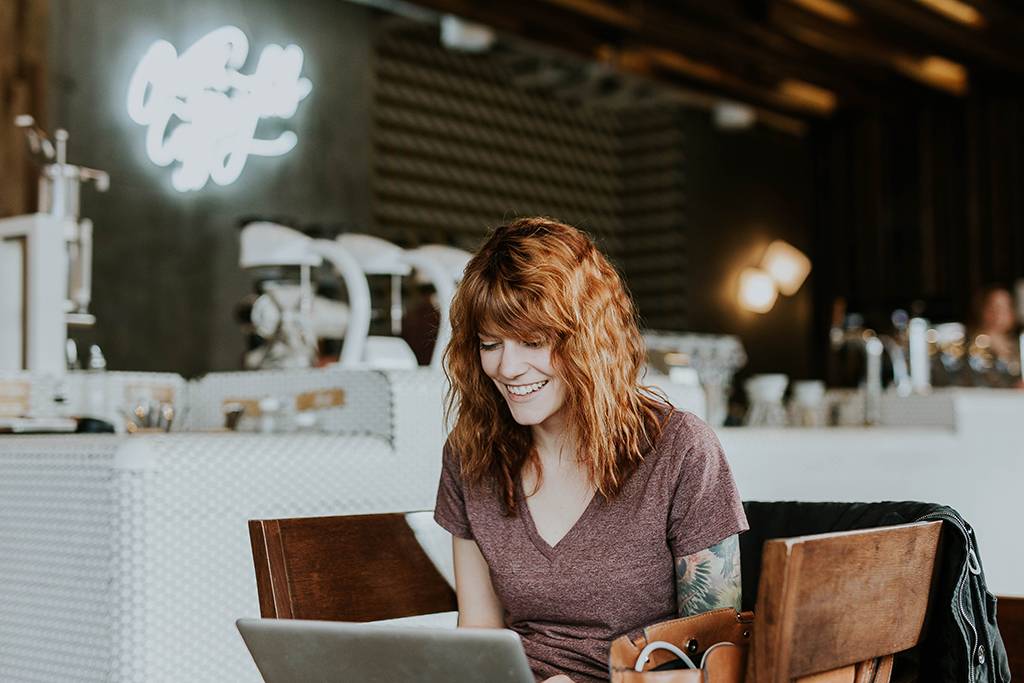
Let's see where the consumers were moving before the pandemic hit us.
Experience over Acquisition
Even in the early 2000’s fashion & brands were prized possessions. But now, a lot of that wallets share has moved to acquiring experiences. Whether its dining out, holidaying, checking out online content, or gaming. The ability to immortalise their experiences through social media is making these way cooler than just being fashionable.
The Selfish Generation
Decades of peace and development have assured this generation of their financial and physical security. Thus this new generation is more focussed on pursuing their interests and hobby’s. This has created the most self obsessed generation ever and they are also influencing the other generations around them. This has virtually re-written the relevance of fashion in the current generation, whose desires have moved beyond acquiring material things.
The Lazy Economy
There was a time when going shopping was a pleasurable use of time. But today, with so much to do and very little time in hand, is shopping as big as it used to be? Even older generations, have started to buy online. And given India’s infrastructure, very few want to brave traffic, parking queues, and pollution to go shop, when it is so much easier to just shop online.
Sustainable Living
Better awareness of the ecological damage caused by the fashion industry is pushing consumers to demand for more sustainable fashion and for brands and retailers to care for the world around them. Apparel supply chains have constantly shifted their manufacturing to underdeveloped nations to maintain and reduce costs. The inflation of final consumer price in garments over the last few decades is the lowest, when compared to all other categories and industries.

This global catastrophe has fast forwarded technology, making work-from-home, disaggregated teams, online meet-ups, digital economy, virtual living a reality. So how will this further impact consumer behaviour.
Living with Less
Suddenly, it has dawned upon people that its possible to live with less. It has brought families together, friends closer, community first and they are suddenly realising that it’s possible to make time for these in life. Marketers may need to work doubly hard on keeping their businesses relevant.
A sign from Mother Nature
Almost everyone is enjoying the lower pollution levels, reduced stress, even the birds have returned to the cities. Work from Home is now a reality which will reduce need for commercial space, reduce travel freeing up traffic and make people question the old status quo. Add this to better awareness of the ecological damage caused by the fashion industry will push consumers to demand for more sustainable fashion and for brands and retailers to care for the world around them. Sustainability and green fashion are movements that will gain from this. As will the renewed advent of slow fashion.
Need for security
Will impact the ‘where & how’ we buy. It may well accelerate e-commerce businesses by a decade. Also cleave a way for collaboration between the online and brick and mortar industries to work with each other. Just like how today one may use the debit cards of different Banks in the same ATM, in the future all stores may become fulfilment points across channels - paving the way for a seamless experience for the consumer.
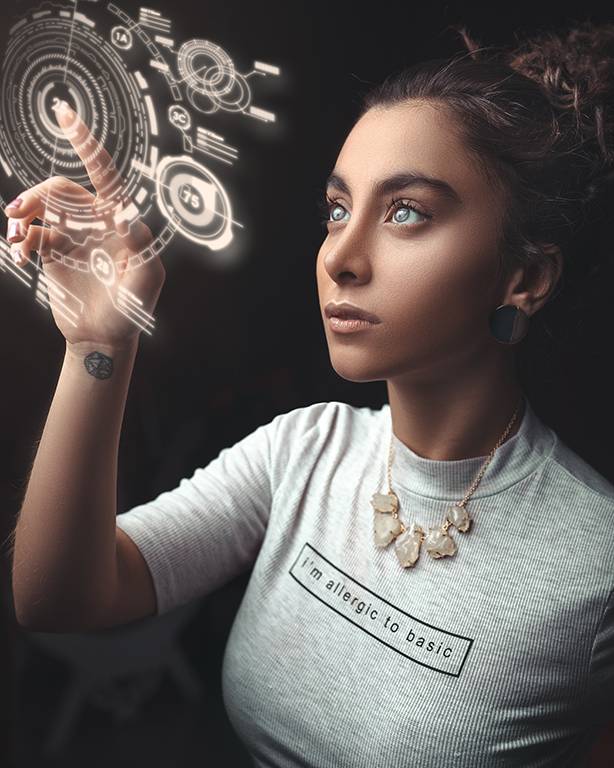
So what do all these mean for the fashion industry? While a lot of traditional Businesses seem to be failing, there are a lot of new players, who are moving from strength to strength. What are the lessons to be learnt here.
Fashion vs. Trends
For the ease of understanding, in these series of articles the two words have been defined differently. ‘Fashion’ refers to the ability of brands to dictate what the consumer will wear; while ‘Trends’ is what the consumers prefer to wear, they mix and match on their own to create trends which brands need to recognise and follow.
In the 80’s, 90’s and early 2000’s, the golden age of brands, they were able to dictate fashion to their consumers. Today trends are available and made on social media, it is ‘happening now’ and not waiting to be forecast by brands.
The Consumer is in the drivers seat
This has never been more true. Social Media and E-Commerce have democratised the market place. Brands no longer forecast fashion & designers no longer influence it, to the extent they used to. For the first time since the industrial revolution the wheel has turned completely. Digital markets have allowed consumers to buy what they want and from who they want it from. Brands will find it increasingly difficult to dictate terms to the consumer.
The Changing Relevance of Brands
Earlier, brands stood for lifestyle niche - buying the brand meant buying into its philosophy. If you bought a Nike, you bought into their lifestyle. Wearing the brand communicated that you stood for active lifestyle.
But today all you have to do is post a selfie of yourself, sweating it out in the gym - it sends the same message.
Brands have to engage with their consumers at a much deeper level. The brands need to resonate the consumers philosophy. Brands which are unable to do this, run the risk of losing relevance.
We, the insiders of the apparel industry are at the brink of change. To stay relevant we have to innovate processes & think outside the box. And we need to do this today!
A few fundamental questions that arise are:
- What is the role of DESIGN? Is it just enough to forecast fashion? Do we need to decentralise our teams? Do we need to curate & not just create?
- How will SUPPLY CHAIN move from a forecast based to a demand driven model. Would this have an impact on the inventory levels? Are small lot sizes really a challenge?
- Can B&M afford to look at multiple products as one entity? Do we need to adapt a segmentation strategy to manage product? Can we not apply different rules of demand to different segments?
- Are conventional MARKETING & SALES methodologies enough? Do we need to become digital first? Do we need to reimagine offline business too?
- What is the ROLE OF THE VENDOR in this new world? Does he become the innovation and trend-spotting lab for the brands?
The following articles will dwell deep into each function & discover the answers to the above questions. Looking forward to your comments & let’s make this conversations as rich as possible.
RELATED TOPICS:#Fashion,Supply Chain,Eco-fashion,consumerbehaviour,brands,Marketing,Research,Fashion Design,Sustainability,Anindya Ray
Leave a comment
Our email address will not be published. Required fields are marked *



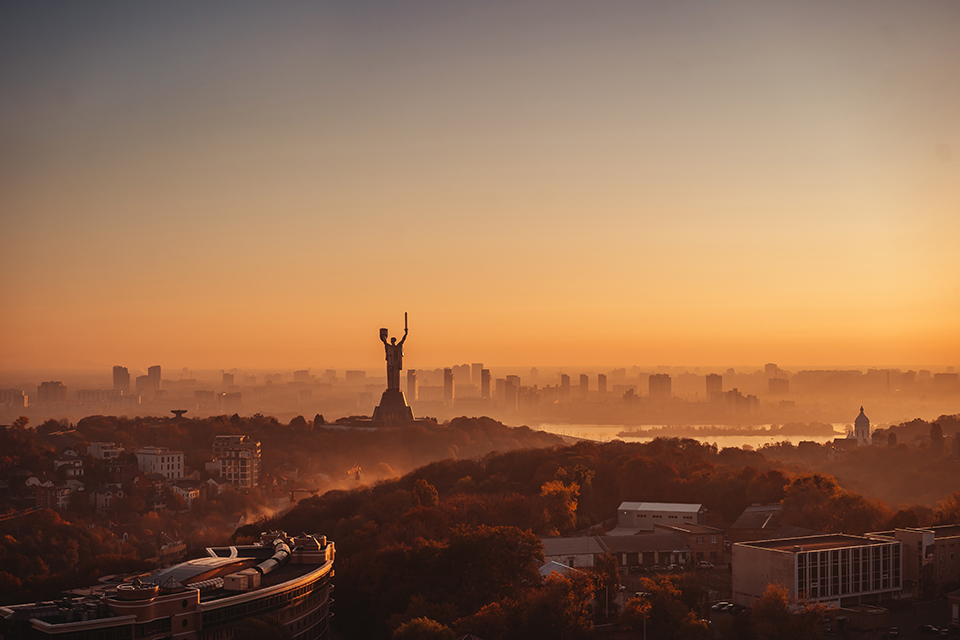
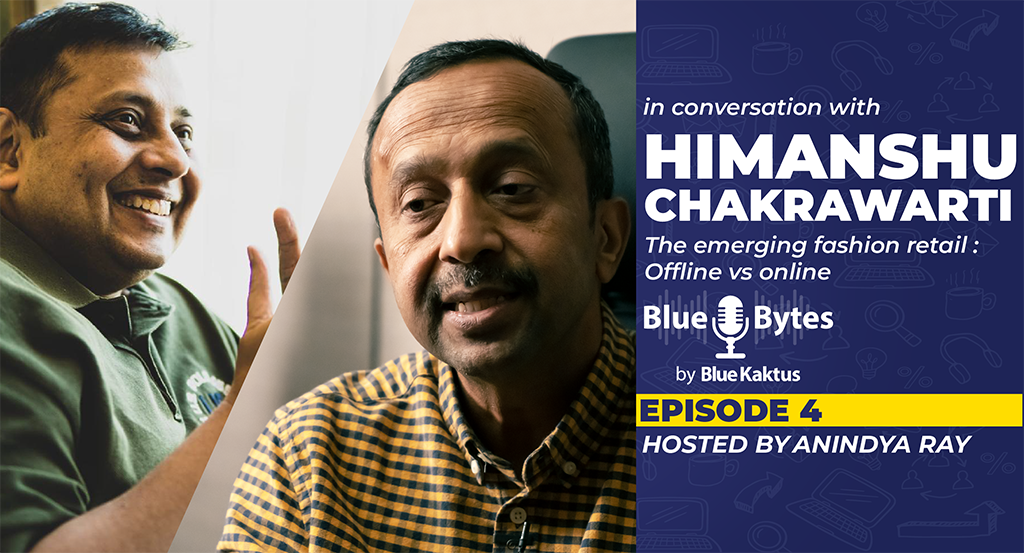
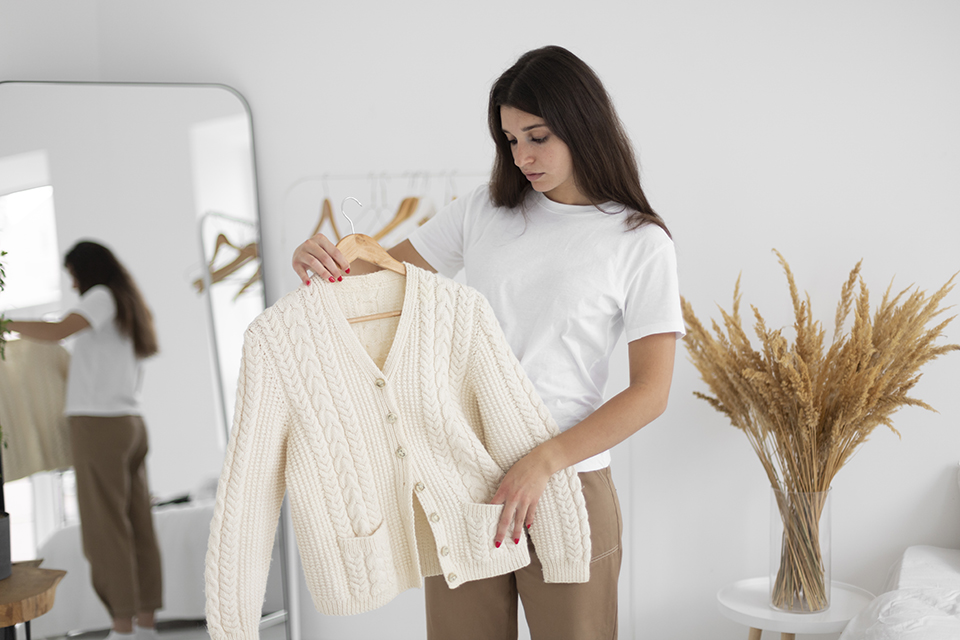

18 Comments
BiomedisJan 26, 2023 at 11:17 am
Why do fashion trends always change?
Mark SathiabalanAug 01, 2020 at 12:00 pm
Excellent insights into the garment industry
ShashidharJun 22, 2020 at 12:06 pm
I like this 'big picture' approach and requires the writer to look at the subject with a fair degree of detachment. An excellent piece Anindya. Similar to what Ruchir is doing for the global economics and politics space.
RayanindyablogsJun 23, 2020 at 21:45 pm
Thanks. This was a difficult piece to write and took some time
Yogesh AgiwalJun 21, 2020 at 23:39 pm
Very detailed and interesting blog for all in fashion industry and outside fashion industry.
RayanindyablogsJun 23, 2020 at 21:46 pm
Thanks Yogesh, glad you liked it;
Nazmul HuqJun 21, 2020 at 18:54 pm
Sir I wonder what a deep immediate analytic with an insightful thoughts. Impressive thoughts and expressions!
RayanindyablogsJun 23, 2020 at 21:47 pm
Thanks Nazmul
RameshJun 15, 2020 at 16:12 pm
What an insightful thoughts and it’s an eye opener for the industry in particular in a way we currently look at things vs how it is sailing at present. The earlier we react the better to be in line with the consumers. Best way is understand and align with customer sentiment irrespective any format we all belong to. Great article and I loved it.
RayanindyablogsJun 23, 2020 at 21:48 pm
Thanks Ramesh. Have seen you always practice the same. Always connected with the consumer.
Krishna Kumar (KK)Jun 15, 2020 at 10:42 am
Superb perspectives Anindya. You are absolutely right that while consumption patterns may not change, execution models will. Companies need to move rapidly to relook at the cost models. Several core processes may have to be executed through a combination of in-house and outsourcing. Look forward to the deepdive
RayanindyablogsJun 23, 2020 at 21:49 pm
Thanks KK. Means a lot coming from you. You have such extensive insights into the industry. Look forward to your thoughts on the forthcoming articles.
Sarika AroraJun 13, 2020 at 19:53 pm
Great going Sir, Lots of unanswered questions put across in a meaningful manner for us to contemplate and think.
RayanindyablogsJun 23, 2020 at 21:50 pm
Thanks Sarika
Sanjay LalJun 13, 2020 at 12:11 pm
Dear Anindya, You have started a large debate by opening the “FUTURE” series. I will move with you with every article in this series. You have started the ball rolling by Fashion & Trends in our industry. Fashion trends for consumers is like trying to unlock the Da Vinci code that is a designer’s most intimate thoughts. Does the consumer really care? Before we start to dwell further let us try to analyze what Fashion really is? · Does “Fashion “represents life ? Is it something that makes one feel more creative, more interesting, more stronger? Does changing one's wardrobe make one NEW again? · Or the purpose of Fashion can be as simple as: You need clothing to maneuver in the world. · Or Fashion is Art, it’s Commerce, it’s function, it’s expression. · Or for some Fashion could be a form of expression without the use of words. · For some, to be more philosophical the purpose of Fashion could be to negate one’s persistent fear of death. Decorating ourselves in particular things helps to craft an identity, which creates the illusion of permanency. · And for some Fashion is about storytelling through clothing. As far as Trends is concerned, it is a marketing technique meant to make money for those in the industry. The FUTURE of the Industry and the Buying Patterns will largely be based on how consumer sees and defines FASHION.
RayanindyablogsJun 23, 2020 at 21:57 pm
Thanks for sharing your insights Sanjay. You have explained beautifully how fashion means different things to different people and that's where I feel that we are losing what it essentially is all about. Hence, for this article alone, I redefined it. Purely for this article its been defined as follows: ‘Fashion’ refers to the ability of brands to dictate what the consumer will wear; while ‘Trends’ is what the consumers prefer to wear, they mix and match on their own to create trends which brands need to recognise and follow. In fact in my next article, I have covered storytelling and you are right - fashion brands need to tell their stories. This is a very interesting topic and will do a blog on this in the near future. What is Fashion. Thanks for making this discussion so interesting.
Prashanth HVJun 13, 2020 at 10:19 am
Great article for today's fashion world. As rightly said in the article, consumer has changed his behaviour towards fashion but most of the brand's still maintain there old ideology which has to change. Some new ecommerce apparel labels are experimenting vigorously to be inline with the thinking and behaviours of the present generation and they are seeing some success in it. It is high time the brand's have to change the way they design and go to market strategies to be in the business. Will be eager to read further articles on this subject.
RayanindyablogsJun 23, 2020 at 21:58 pm
Thanks Prashanth. Do keep writing in.